Whatever one’s reasons are for playing golf, it is seldom spoken of as a sport embarked upon for its fitness and health benefits.
Images of middle-aged, pot-bellied men waddling with some difficulty around the golf course whilst pondering their personal fortunes and ruminating on business affairs do tend to blur any notion of a round of golf providing a good workout.
At best, it is perhaps considered a form of light exercise for those probably most in need of it.
But whilst golf may lack the intensity of some other sports which are more specifically focused on building muscles or burning calories, the physical and mental benefits that it can provide are manifold.
As is so often the case, much depends upon how it is approached and how seriously one takes it as a form of exercise.
What Type of Exercise Does Playing a Round of Golf Provide?
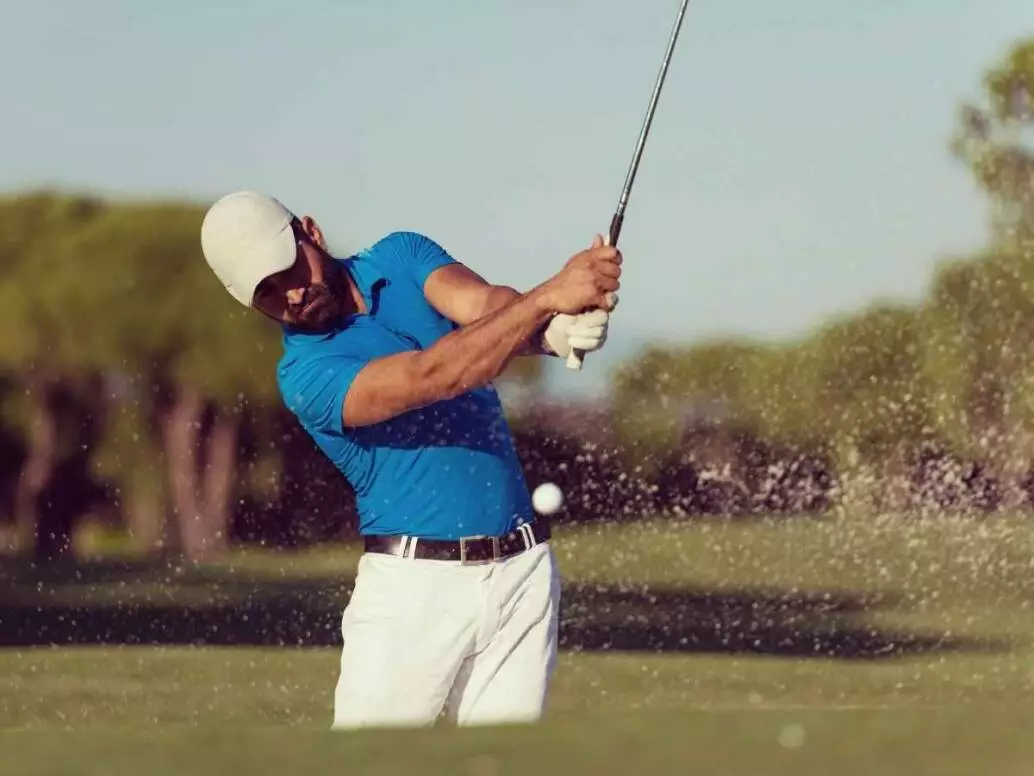
There are effectively two types of physical exertion – strength training and cardiovascular exercise. The first is called anaerobic and the second is aerobic.
Anaerobic exercise involves short bursts of high intensity for building strength, such as weight training or powerlifting, whilst aerobic exercise is about improving overall health and fitness levels through sustained physical activity.
Those golfers who resist the allure of the golf cart and opt to actually walk the course will cover at least four miles on most golf courses. Inevitably this will burn calories and reduce body fat, especially as the brisk walking which is usually involved is known to provide particular cardiovascular benefits.
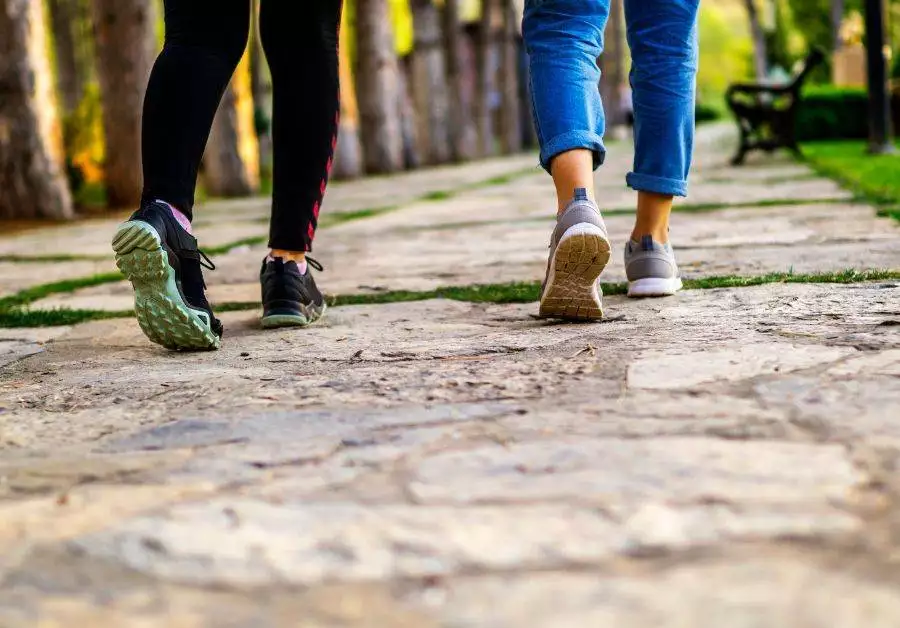
Carrying equipment, such as golf clubs or a golf bag, for even part of the way will add to the physical benefits of this already fruitful endeavor.
The anaerobic element comes with the act of performing the golf swing, including of course practice swings, which activates a surprisingly broad range of muscles in both the upper and lower body.
Making these muscles work helps to build a very strong core, strengthening the lower back and abdominal muscles, as well as the arms.
Does it Help to Train for Playing Golf?

The physical benefits of walking the course and playing a round of golf are themselves very useful as a means of combating heart disease and improving the heart rate.
However, some people who regularly play golf will go further and actually train when not playing specifically to improve their game.
Whilst one can never be too fit, this does come with a note of caution. Following a healthy diet and trying to lose weight so as to maximize fitness levels is one thing, and to spend time running or swimming as a means to this end most certainly improves health and helps with one’s game.
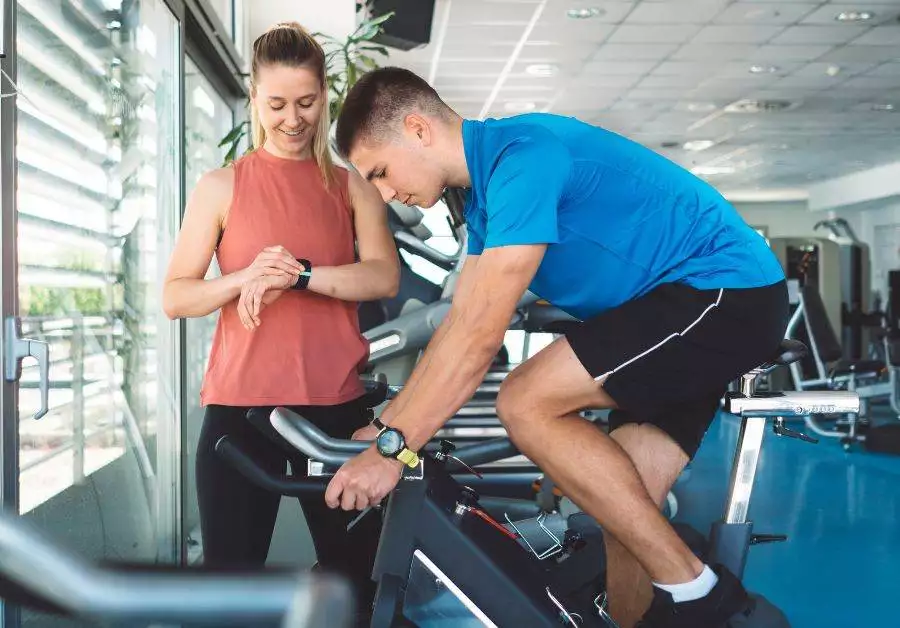
However some professional golfers who have spent hours in the gym working on their upper body strength have reported a loss of suppleness and flexibility which has adversely affected their game.
Expressing concerns about the training regime followed by Rory McIlroy, golfing legend Nick Faldo famously remarked: “Throwing 200-pound and 300-pound weights around is not going to be good for your golf swing.”
In other words, training with weights is fine for exercising the core muscles but it must be kept in some kind of perspective. Over-bulking can be counter-productive if it results in a loss of mobility, but this is all a matter of personal judgment.
As with so many other things, the secret of success lies in moderation. If golfing perfection is your ultimate aim, then your exercise routine should reflect this. You can be a bodybuilder who plays golf, but less so a golfer who does bodybuilding.
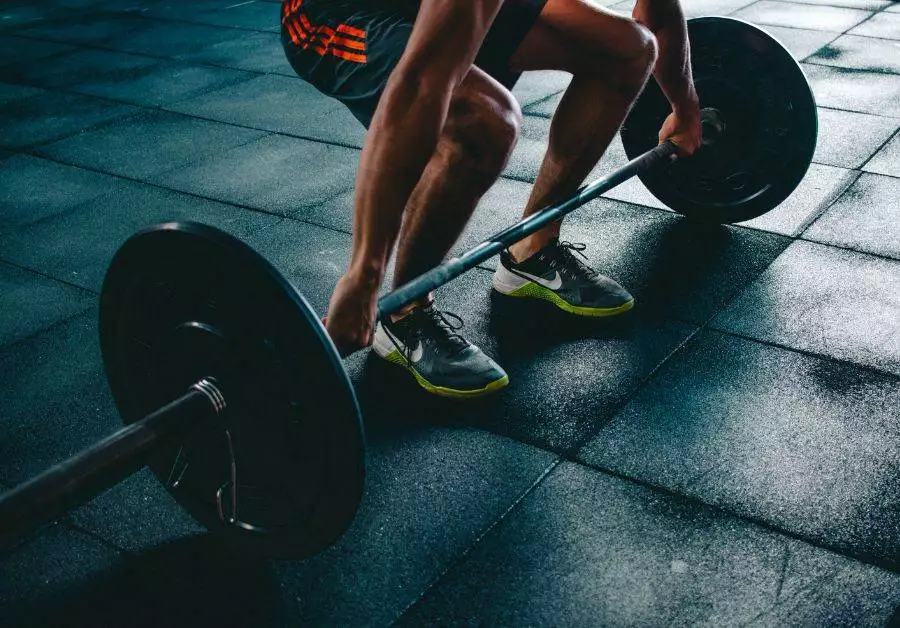
Any training undertaken when not on the golf course should be with improving your game in mind, rather than done for its own sake.
Doing more exercise with moderate intensity will always help, and walking in particular is beneficial for mental health as well as improving your golf game.
How Many Calories Are Burnt on the Golf Course?
A study carried out by the Walking Golfers Society found that a golfer walking the course burns on average a little over 600 calories, which increases to around 720 when carrying a golf bag himself instead of using a caddy.
However should he opt to use a golf cart to get around this reduces to about 400.
On top of this, other actions during a game of golf further increase calorific expenditure. For instance taking forty swings during a typical game will burn an additional 40 calories.

And then there are other movements such as bending to pick up a golf ball. All in all, depending upon the weather and the layout of the course it is possible to use anything between 1,500 and 2,500 calories during a game.
All other things being equal therefore, as well as being a great sport in its own right golf is also a good way to lose weight. Of course, this only works if it is performed as part of a wider routine.
Retiring to the nineteenth hole after the game and sinking several beers in celebration of a successful round does have a tendency to negate any health benefits achieved during play.
What is the Evidence that Golf Improves Physical Fitness?
According to the National Library of Medicine, “Golf can provide moderate intensity physical activity and is associated with physical health benefits that include improved cardiovascular, respiratory and metabolic profiles, and improved wellness.”
There is also a weight of evidence which suggests that playing golf can provide mental health benefits. Whilst this is counter-balanced by a risk of injury, generally speaking it is considered a low-risk sport in which the advantages massively outweigh any potential pitfalls.
Because there are calculations to be made and a certain amount of strategic planning is involved, playing golf helps to prevent brain degradation that can be a part of the aging process, sometimes resulting in memory loss.
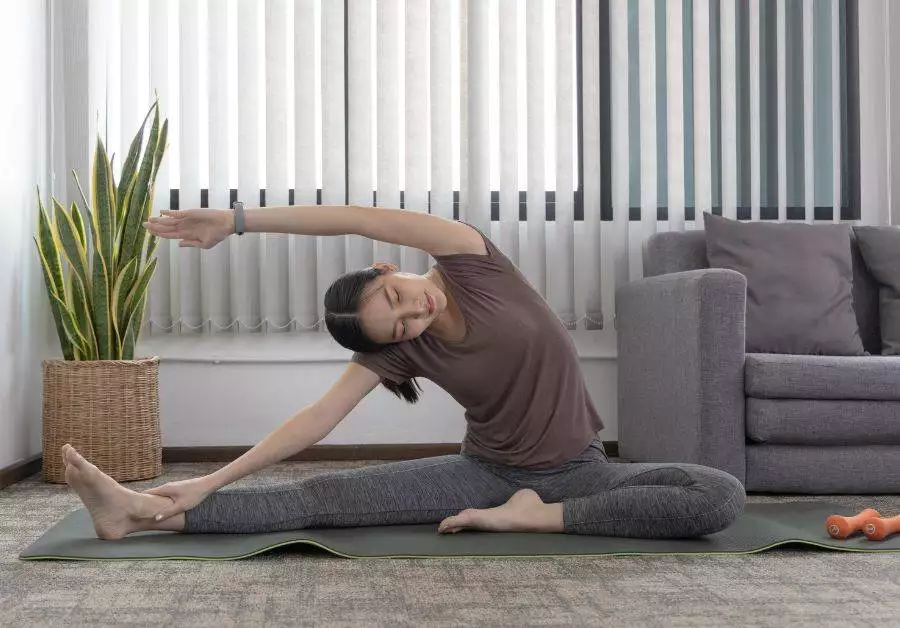
One particularly notable factor is that golf is popular amongst certain age groups which might be considered excluded from the norms of sporting activity. Unlike many competitive sports in which participants peak in their early to mid thirties, people play golf well into middle and older age.
Whilst some slowing down may be expected, it is certainly beneficial to those in their later years to continue to engage in activity which involves both aerobic and anaerobic exertion.
Significantly, the same study reported that:
“Golf is associated with improvements in known risk factors for cardiovascular disease, including physical inactivity, blood lipid and insulin–glucose levels, body composition and aerobic fitness. Golf is reported as providing suitable exercise for patients with cardiac and stroke rehabilitation.”

One caveat is that, for older participants in particular, there is an increased risk of a cardiac event whilst playing. Any older or other potentially vulnerable person who intends to play and who is not accustomed to the required level of activity should consult a doctor before taking part.
Golf as a Social Activity
One factor which is not often considered when discussing fitness is that golf is a social activity, involving interaction with other people.
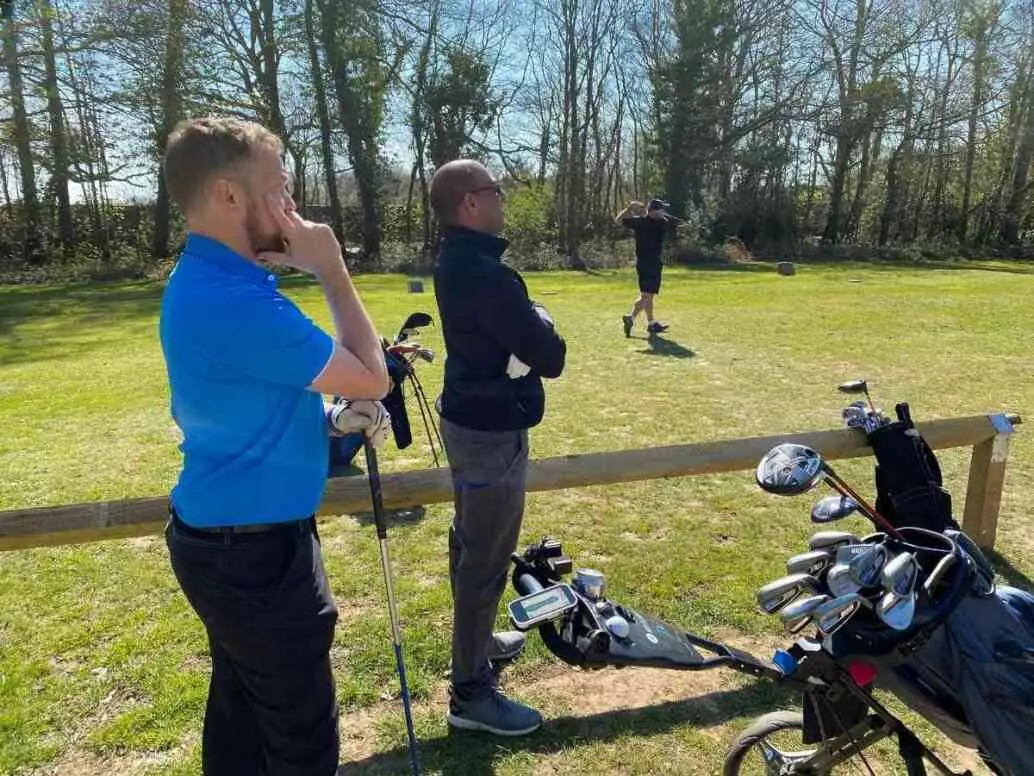
This can be particularly important for older players, who need this interactivity in older to stimulate themselves mentally and to remain alert and focused.
Basically, golf is a great way to keep the brain functioning and to maintain awareness.
As they become older most people need to remain engaged with others to prevent atrophy of the mental faculties. Having a hobby, and in particular, one which involves healthy outdoor activity, really is the best way to achieve this.
Remain Focused on the End Game
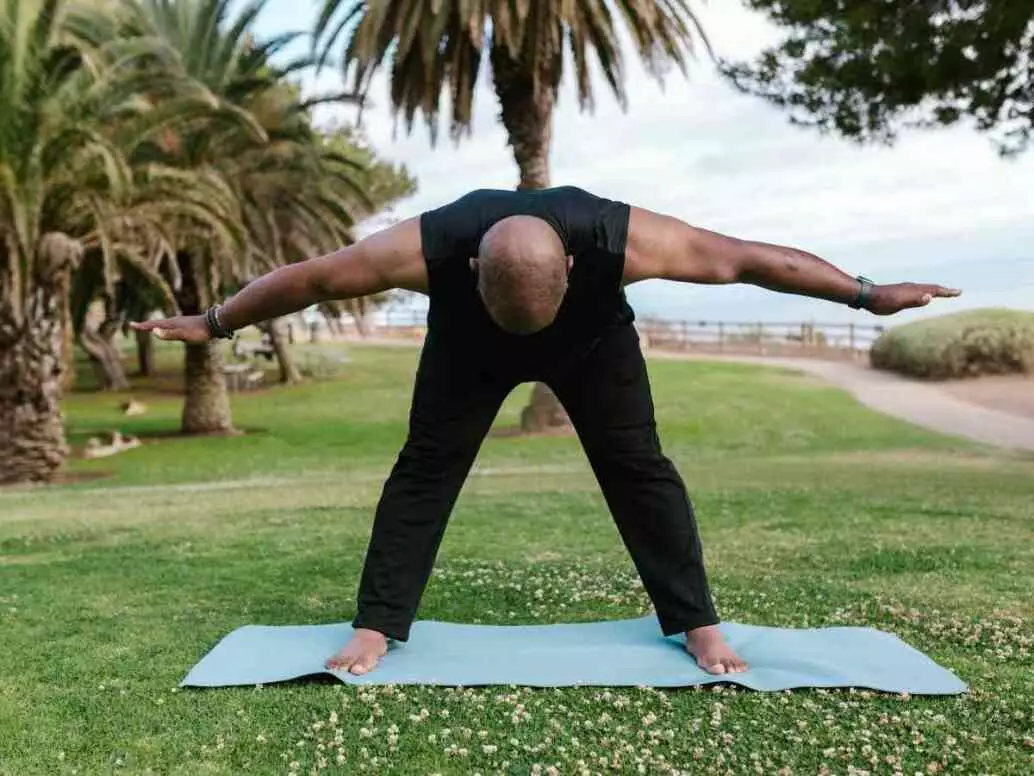
Ultimately achieving physical fitness when playing golf has benefits across the board, both for your sport and for your life in general. Playing golf will itself help to tone muscles, burn body fat and lose weight, whilst being adequately prepared for taking part will make it easier for you to achieve your sporting objectives.
Once you have determined to maximize your potential, your diet and fitness regime will be shaped accordingly.
Aerobic exercise such as swimming, running and walking will improve your performance out on the green, whilst some resistance training may also benefit you provided it is not excessive or taken to the point where it inhibits your movement.
The trick is to identify your needs and to shape your regime accordingly.
Make your exercise routine work for you and improve your sporting performance, to enhance your golfing experience as well as to feel better in your everyday life.




